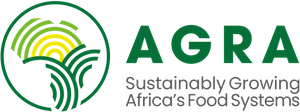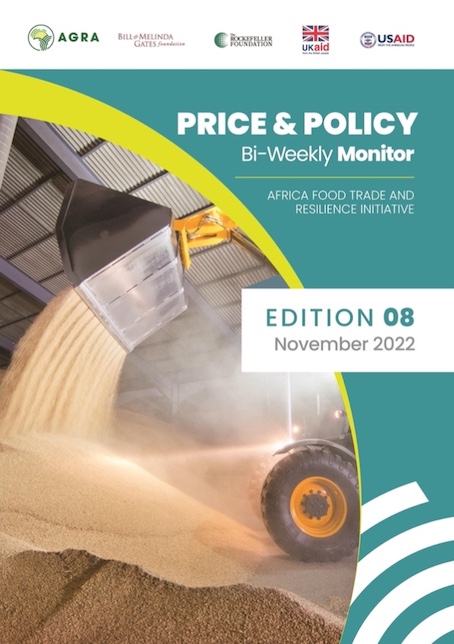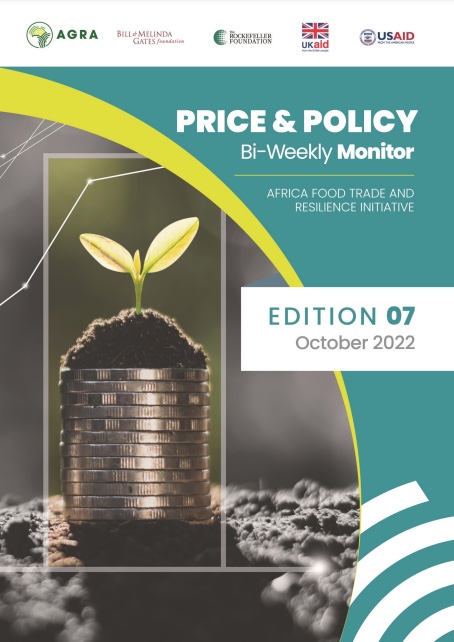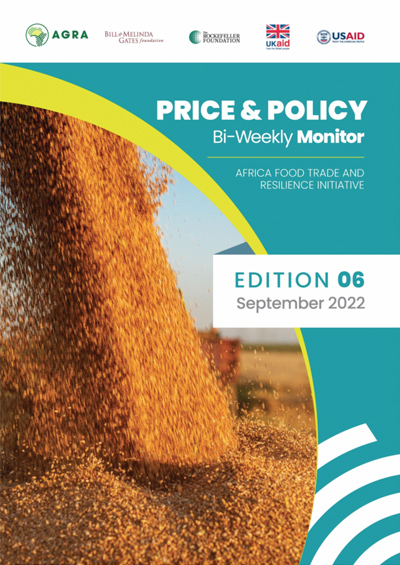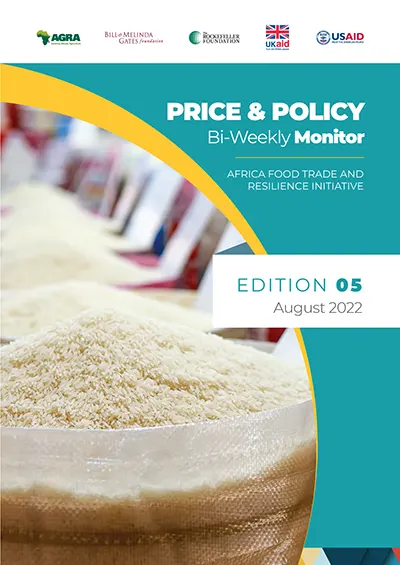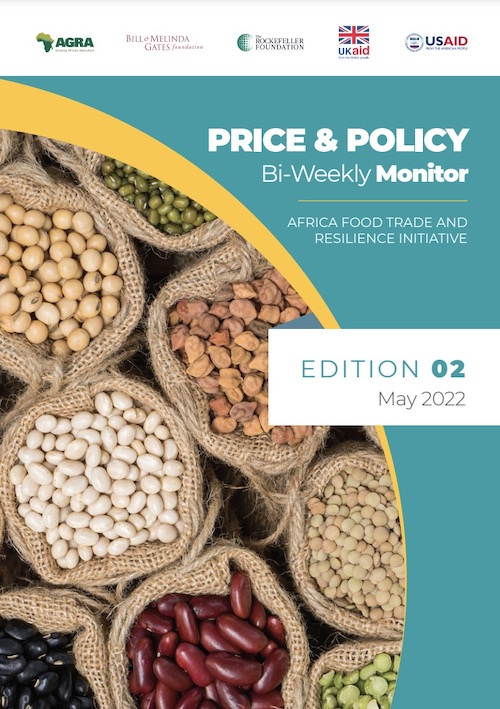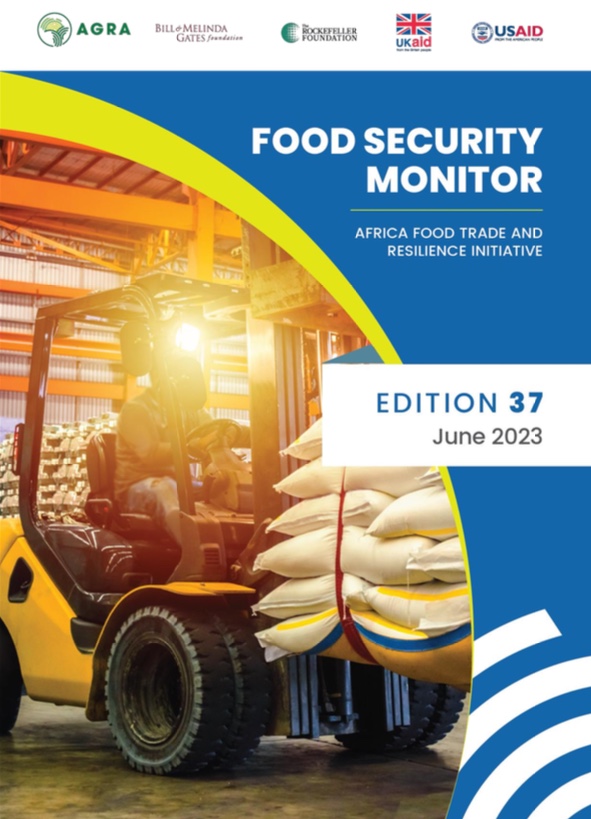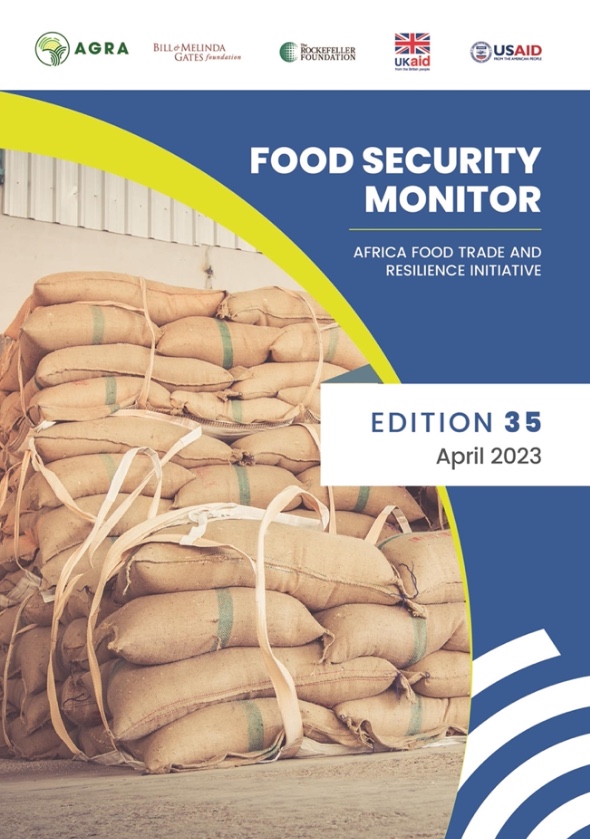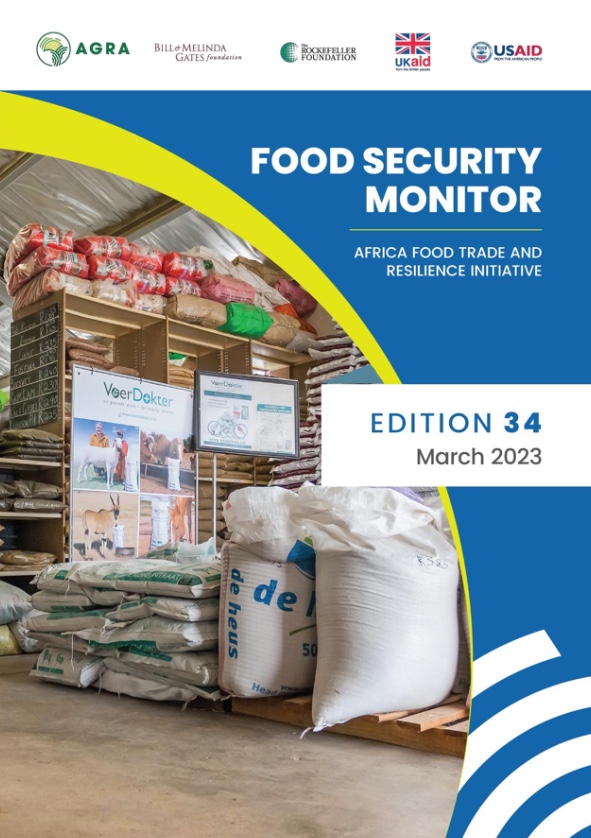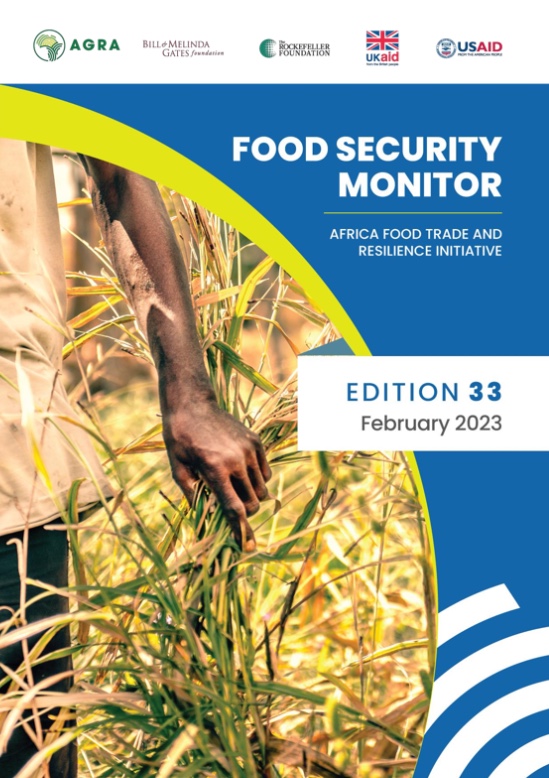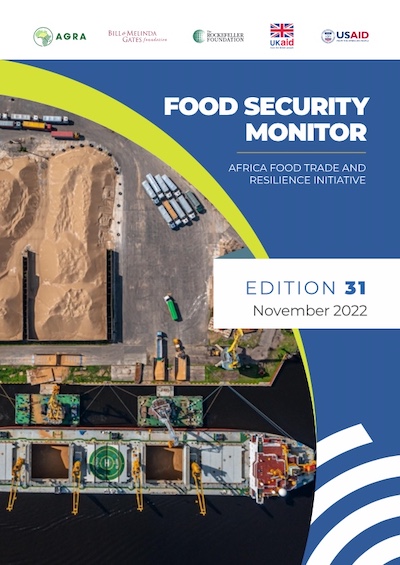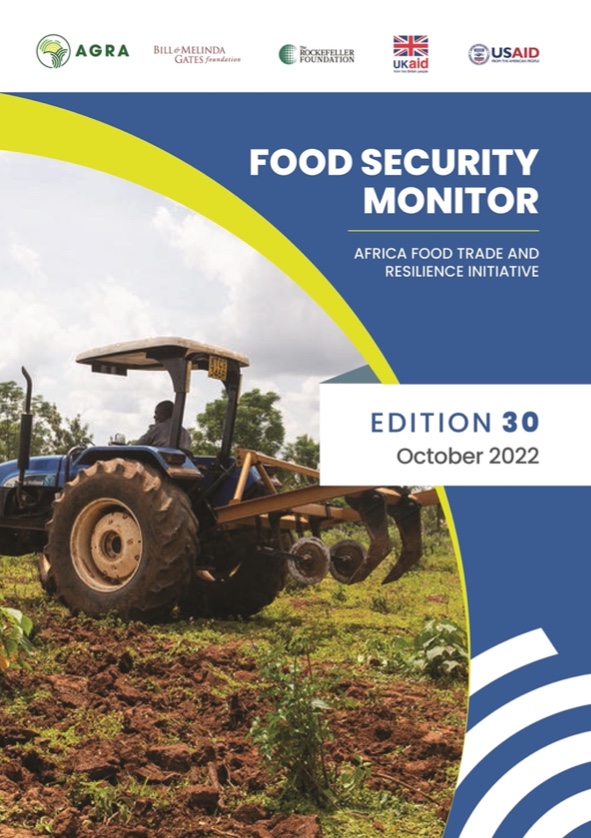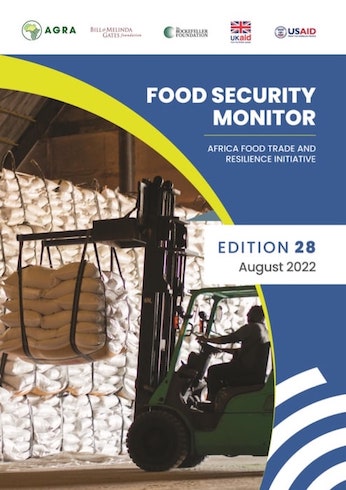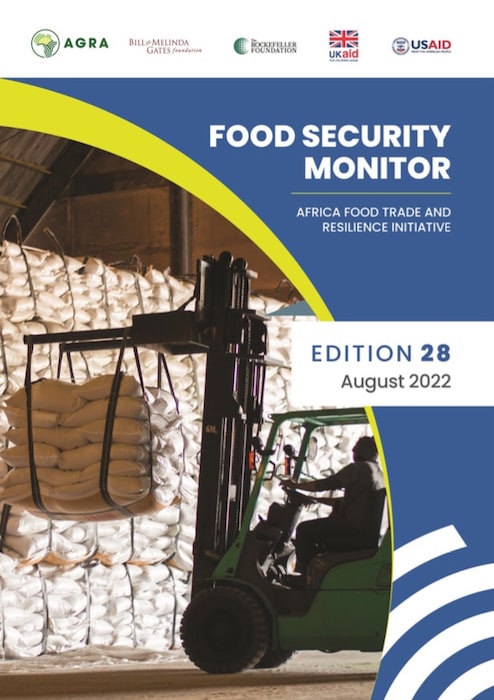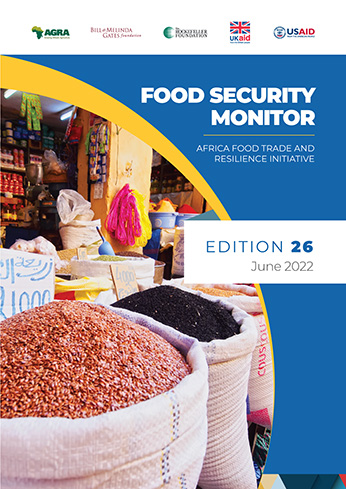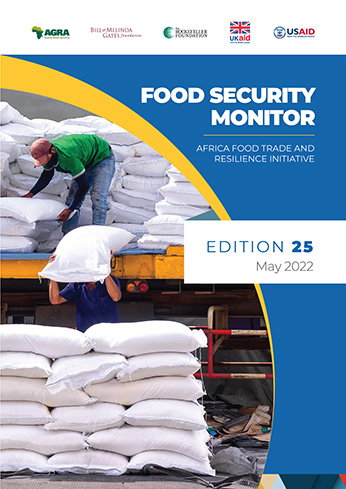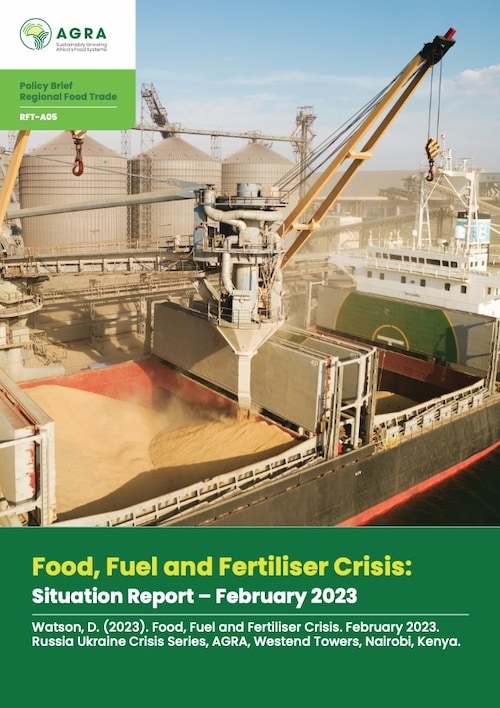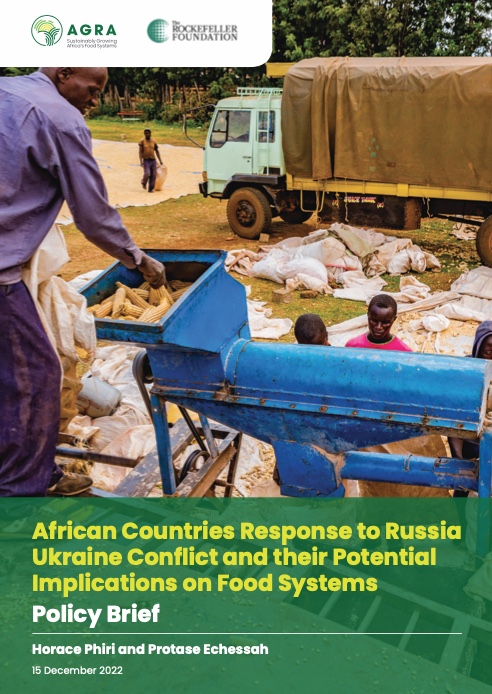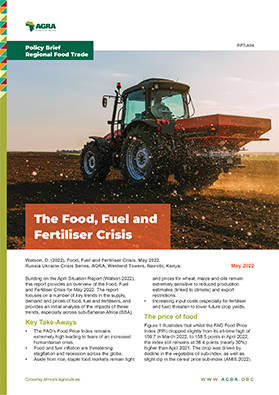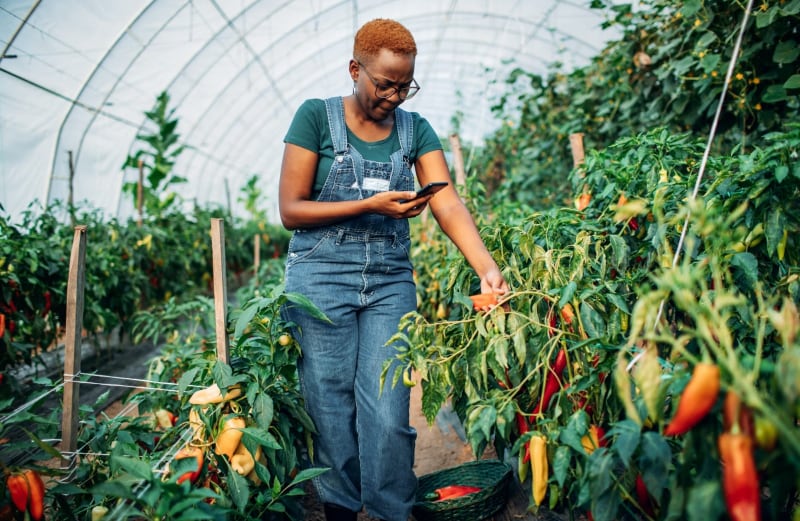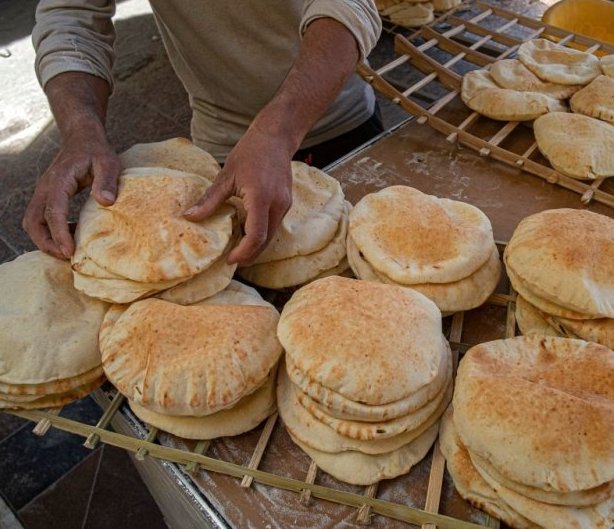AGRA’s response
to the Global Food Crisis
Before the Russia-Ukraine war, global food prices were already higher than the past 10 years, driven by factors such as climate change variability and extremes, and the COVID-19 pandemic, all of which led to food systems and supply chain disruptions. The food price volatility, fuelled by the conflict, further risks reversing development progress and making it more difficult to attain food and nutrition security goals in many countries that are already experiencing high levels of food and nutrition insecurity. The current food prices are already at a 10-year high and will continue to increase if the war-induced global food supply chain disruptions continue. There is increased need for strengthening food security and price monitoring mechanisms. The poor and vulnerable populations, who are already reeling from the economic brunt of the COVID-19 pandemic, which induced income and livelihood losses, stand to be severely affected by food price hikes fuelled by the conflict.
WFP Global
Hunger Map
Realtime dashboard reflecting the global food security situation using the latest metrics on conflict, climate shocks, populations, and weather.
VIEW MAP
